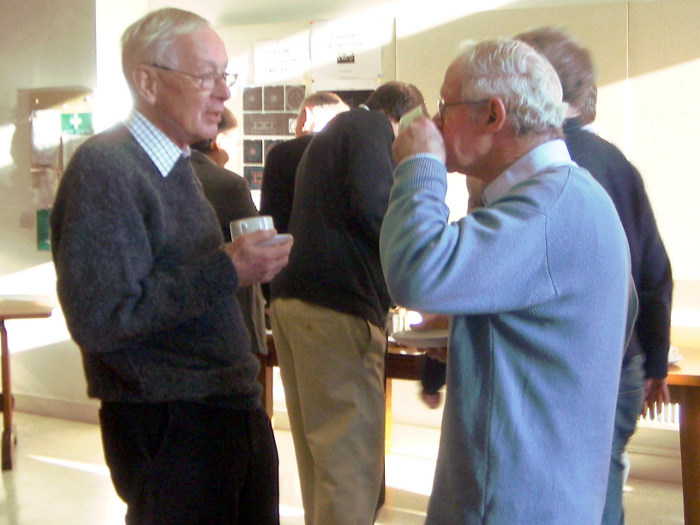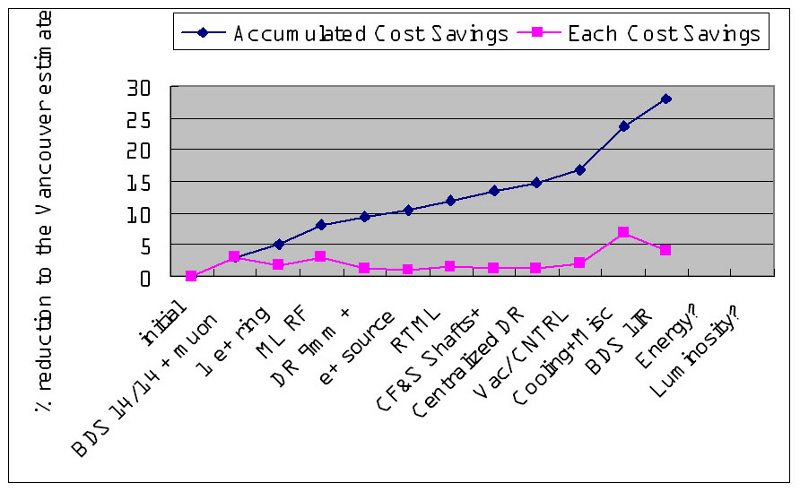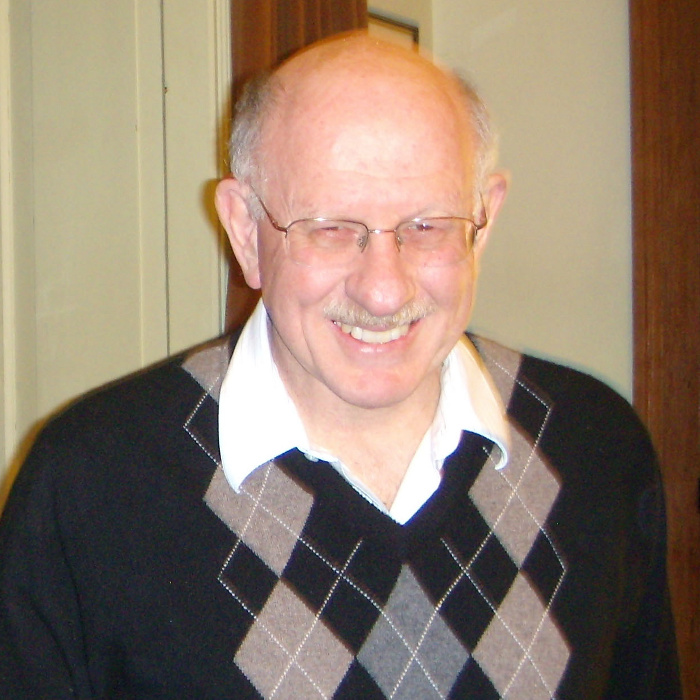Director's Corner
18 March 2010
 Barry Barish |
Path forward following the AAP Review
I have been preaching about the importance of having in-depth critical technical reviews of our work for some time, and used those arguments to motivate the creation of a new review mechanism for the Global Design Effort R&D programme based on an "internal" technical committee, the Accelerator Advisory Panel (AAP). The AAP is now functioning and carrying out reviews of our work that are providing us with the type of critical feedback and recommendations we seek. The last review by the AAP in 'snowy' Oxford focused on the AAP's assessment and recommendations regarding the "SB2009 proposal" for changes to the ILC baseline. Today, I circulate this AAP review report, as well as our revised plan for moving forward that is a result of taking their recommendations into account.
 Bill Willis, co-chair of the AAP, and Chris Damerell, AAP member, in discussion during the Oxford meeting Bill Willis, co-chair of the AAP, and Chris Damerell, AAP member, in discussion during the Oxford meeting |
The SB2009 proposal consists of a set of changes to the baseline that are aimed at optimising our design for cost, performance and risk. In particular, the changes were chosen in areas where we believed significant cost savings could be realised, without undue increase in risks or degradation in physics performance. The total savings, if all proposed changes from SB2010 were adopted, would amount to about one billion dollars. Of course the impact on physics needs to be evaluated and this evaluation is underway. The physics groups are performing detailed simulation studies to assess the possible impacts of SB2009 changes on the physics scope of the ILC.
We carried out a similar cost reduction exercise while developing the ILC reference design (RDR), where we made concerted efforts to find cost reductions that would not significantly increase risk or reduce physics performance. Some of SB2009 is a continuation of those studies that we were not able to complete at that time. Even with all of these efforts, the RDR ILC final cost estimate for construction was 6.6 billion "ILC Units" (1 ILCU = 1 2007 USD) plus 14.1 thousand person-years explicit labor, which is comparable to the largest present day projects, the Large Hadron Collider (LHC) and the International Thermonuclear Experimental Reactor (ITER). Nevertheless, this large cost made it clear to participating agencies and governments that the ILC will be a very expensive undertaking and one that will by necessity need to involve a global collaboration.
This caused some governments to reconsider their investment in ILC R&D, away from short-term consideration, and instead to a longer-term R&D programme that might eventually lead to a future large global project (this approach was chosen by for example the US Department of Energy). Costs will once again be a primary consideration when we produce a Technical Design Report (TDR). As a result, it is my firm belief that unless we contain cost growth for the TDR, we will not be able to make governments seriously consider undertaking an ILC construction project. In order to contain costs, we must find areas of cost savings that will compensate other areas where costs are likely to grow. That has been the primary goal of SB2009!
One very important conclusion of the AAP review is that they also recognised and endorsed our goal of cost containment. The AAP report says, "The AAP acknowledges the importance of containing the cost of the ILC at the level of the RDR estimate."
Despite agreeing with the general cost containment goals of SB2009, the AAP was much more cautious about adopting the specific changes proposed. Some of the changes they liked (like switching from a double tunnel configuration to a single tunnel) while being cautious about adopting the actual change before we developed sufficient confidence that a solution for high-level radiofrequency distribution for that configuration can be achieved. They were not convinced about other changes, especially where they felt that these changes added too much risk or threatened physics performance, and they suggested that more study was needed of alternatives and physics impacts.
We have decided that their general caution is good advice while we still believe that all the proposed changes have considerable merit. As a result, we proposed to re-institute a formal configuration control process similar to the change control board that existed during the RDR phase that was chaired by Nobu Toge, and to make a more systematic schedule for considering each proposed change one at a time over the period from autumn 2010 to summer 2011. This new schedule will still be consistent with our goal of producing a TDR by the end of 2012.
As I said at the beginning, we have sought a more critical technical review process. We now have had such a review and it has made us reconsider some of our plans as a result. We will be interacting with the AAP in the coming months regarding the detailed recommendations in their report. This is a very healthy process and I believe that in the end it will lead to a more robust and defendable TDR.
-- Barry Barish

